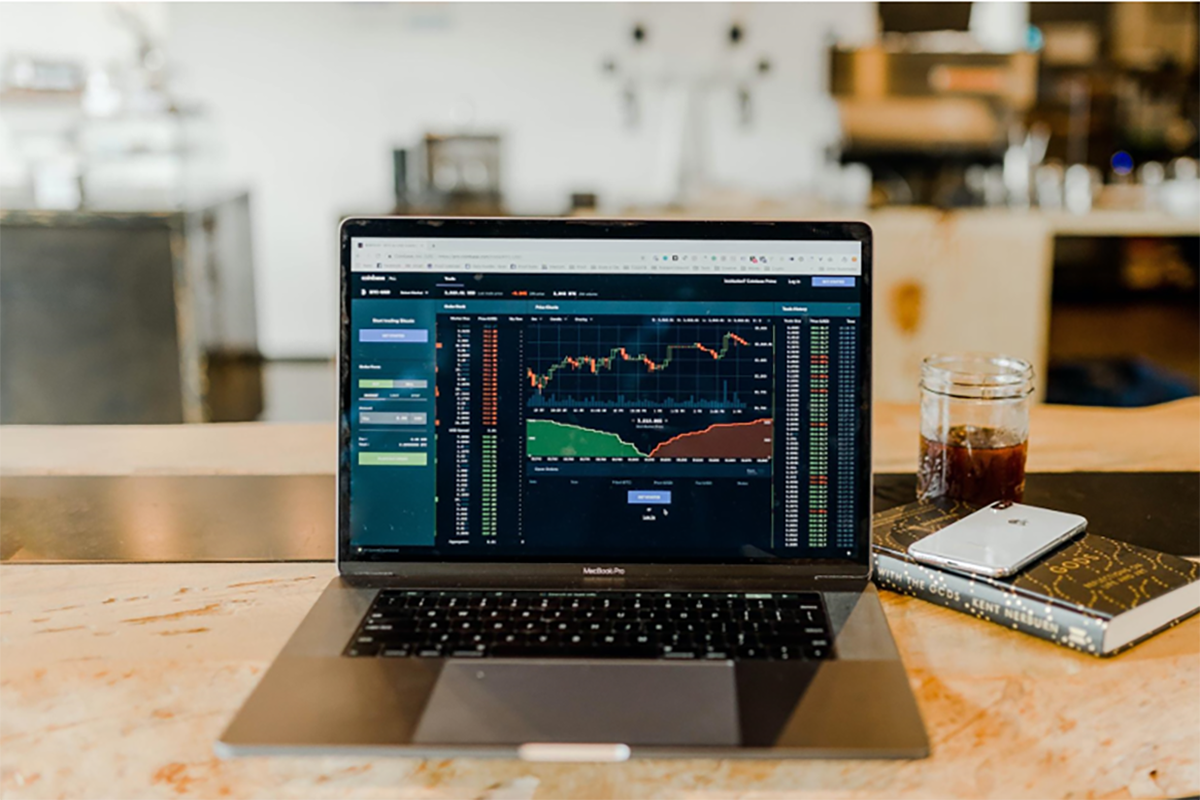Risk management is a crucial aspect of trading that can help protect your capital and minimize losses. Understanding how risk management works can increase the chances of success in trading.
In this blog, we will discuss different trading strategies and how to do risk management effectively. If you are thinking about trading or are newly started, this guide will be helpful for you.

Importance Of Risk Management In Trading
Risk management is a crucial component of trading that can never be overlooked. Not having a proper risk management strategy can expose you to unnecessary risks of potential losses. The importance of risk management is deeply linked with the longevity of your successful trading career.
The primary benefit of implementing risk management is to preserve the capital. Incorporating risk management in trading can protect against substantial losses and avoid losing all the money.
Also, an effective risk management system will allow you to stay on the market even in unfavorable conditions. As risk management will set a limit boundary for acceptable losses.
This practice can be equally beneficial for mental health and wealth. It also enables you to make rational decisions based on the trading plan rather than fear or greed. So you always stay on the safe side of trading.
Another crucial aspect of risk management is that you maintain the consistency. This allows you to evaluate and fine-tune your strategy over time to minimize significant losses.
Common Risks In Trading And Their Impact On Capital
Trading involves risks, and understanding the common risks in trading is essential.
Here are the common risks in trading and their impact on capital:
- Market Risk: Market risk means the price changes due to market conditions. This risk can arise from many factors such as economic events, geopolitical issues, or changes in supply or demand. Market risk can impact significantly on capital, especially when a trader fails to react during market movement.
- Liquidity Risk: Liquidity risk is when a trader cannot execute a trade quickly or at a reasonable price due to market capital fall. This risk is particularly frequent in markets where the trading volume is low resulting in high volatility. If traders are not able to exit at their desired position this may lead to potential loss or missed opportunities.
- Operational Risk: Operational risk involves a wide range of factors such as internal processes, systems, or human error. This can also include errors in trade execution, technological failures, or even fraud. Operational risk can cause a great deal in trading activities.
Understanding these risks and their impact on capital is crucial for creating a risk management strategy. It will also help you identify the potential risks and minimize the capital loss.
Risk Management Tools And Resources For Traders
In the era of technology, traders now have access to a range of risk management tools and resources at their disposal to assist them in making decisions.
Let’s look at some of the popular risk management tools and resources for traders:
- Risk Management Software: Risk management software is designed to manage risk during trading. They automate the tasks of analyzing risk metrics, monitoring positions, and risk management processes.
- Technical Analysis Tools: Technical analysis tools provide trading indicators for potential entry and exit points. Using technical analysis tools can assist you in risk management efficiently. You can use these tools to make informed trading decisions based on historical price patterns and trends.
- News and Market Analysis: News and market analysis can be a great resource for effective risk management. Having in-depth research on these resources can provide you with valuable insights and knowledge. Regularly reading articles and writeups from reputable sources such as Chuck Hughes, can build a solid foundation for effective risk management. Check out his Facebook page to learn more:
- Trading Journals: Trading journals allows you to track down your trades, strategies, and risk management efforts. Taking note of your trade’s performance, analysis, and chart patterns can help you improve your trading skills.
Risk Management Strategies For Traders
Risk management measures must be implemented by traders in order to preserve their capital and minimize losses.
The following techniques can help traders more efficiently manage risk:
Setting Risk Tolerance And Determining Position Size
Before you enter any trade, it’s important to establish your risk tolerance and determine the size of your positions. Risk tolerance refers to the amount of risk you’re comfortable taking on for each trade or investment.
This can be influenced by factors like your objectives, time horizon, and how much risk you’re willing to handle. By determining the right position size based on your risk tolerance you can ensure that you’re not putting capital at stake than what feels comfortable for you.
One common approach to sizing positions is the percentage risk model. This model involves calculating the percentage of your trading capital that you’re willing to put at risk in each trade.
For instance, if your risk tolerance is 2% and your trading capital amounts to $10,000 then you would be risking $200 per trade. By sticking to a percentage of risk, you can consistently manage your exposure across trades and minimize the potential for significant losses.
Using Stop-Loss Orders And Trailing Stops To Limit Losses
Stop-loss orders play a role, in managing risks for traders as they provide an automated way to exit a trade when a predetermined price is reached. These orders allow traders to define the amount they’re willing to lose on a trade, ensuring that their losses are limited.
Trailing stops, which are a variation of stop loss orders offer traders flexibility. Unlike stop-loss orders, trailing stops dynamically adjust the exit price based on the movement of the trade in the trader’s favor. The trailing stop price is set at a percentage that is below the market price. As the trade moves in favor of the trader, the stop price also moves accordingly in order to protect profits and minimize losses.
Diversification And Asset Allocation As Risk Management Techniques
Diversification and asset allocation are strategies used to manage risks by spreading investments, assets, or types of investments. The main objective of diversification is to minimize the impact of any investment losses on your portfolio. By diversifying your holdings you can reduce the risk associated with investments or events that affect a sector.
To achieve diversification, one effective approach is to invest in asset classes, such as stocks, bonds, commodities, or real estate. Each asset class carries its level of risk and potential return.
By combining them in your investment portfolio, you can aim for a strategy that considers both risk and return. Another aspect of diversification involves distributing investments within each asset class.
Asset allocation works hand in hand with diversification by determining how much of your portfolio should be allocated to each asset class. This decision takes into account factors like your tolerance for risk, financial goals, and time horizon.
The goal of asset allocation is to optimize the trade between risk and return by spreading investments, across asset classes that offer levels of potential returns and risks.
Hedging Strategies To Protect Against Market Volatility
Hedging is a technique used in risk management to minimize the impact of one asset’s risks by taking a position in another asset. The main objective of hedging is to protect against price fluctuations during times of high market volatility. By hedging, traders can limit their losses while still maintaining exposure to the market they desire.
The common strategy for hedging involves utilizing options contracts. These contracts grant traders the right, but not the obligation, to buy or sell an asset at a predetermined price within a timeframe. Through purchasing put options traders can protect themselves against movements in the underlying assets price. Conversely by acquiring call options, traders can protect themselves from movements.
Another approach to hedging is using futures contracts as a means of balancing the price risk. Futures contracts enable traders to lock in a price for an asset at some point in the future.
By entering into a futures contract that moves inversely to the price of the asset, traders can mitigate losses. However, it’s important to note that implementing hedging strategies involve costs and complexities that require understanding before their execution.
Monitoring And Adjusting Risk Management Strategies
Managing risk is a task that needs monitoring and adjustment. When market conditions shift, it’s crucial to evaluate and modify your risk management strategies accordingly. Regularly reviewing your positions, stop-loss levels, and overall portfolio helps ensure that your risk management plan remains relevant and effective.
Conclusion
Risk management is an essential component of trading that can greatly influence a trader’s success. When traders adopt risk management strategies, they protect their capital, reduce losses and navigate the nature of financial markets.
There are various techniques that you can incorporate into your trading strategies to diversify your portfolio, stop loss, and determine the potential position size.
Check out these best risk management books to develop problem-solving skills.









